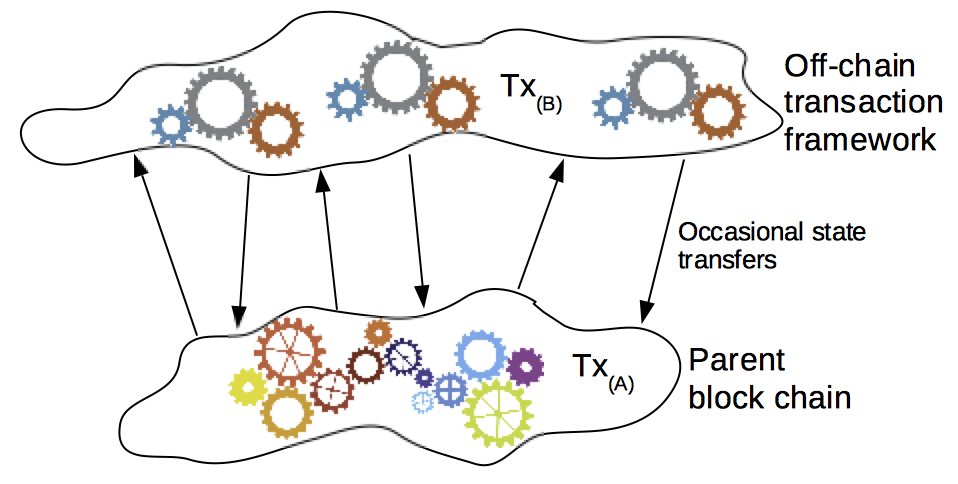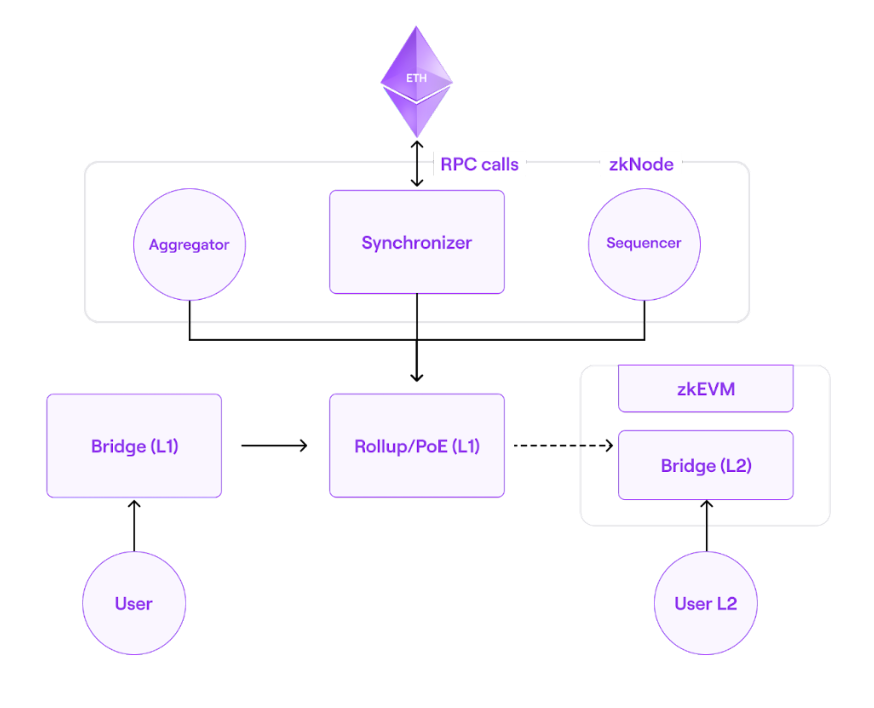
Polygon fixes Ethereum's scalability trilemma by prioritizing speed and cost over pure decentralization. While Ethereum processes ~15 TPS and charges $20-200 during network congestion, Polygon handles 7,000+ TPS for fractions of a cent. I've deployed identical DeFi contracts on both networks - Ethereum charged users $147 in gas for a simple liquidity provision, Polygon cost $0.38. Same exact transaction, same result, 99.7% cost reduction.
Three Ways Polygon Doesn't Suck
Started as Matic Network in 2017, Polygon evolved into three different scaling approaches because no single solution works for everything:
Polygon PoS - The main network handling ~3 billion transactions to date. It's technically a sidechain with shared security, which means slightly less decentralization than Ethereum mainnet, but it's fast as hell and costs almost nothing. Hit over 1,000 TPS after the July 2025 Bhilai upgrade. MetaMask connects in 30 seconds if you know what you're doing.
Polygon zkEVM - The newer, more secure option using zero-knowledge proofs for Ethereum equivalence. Takes longer to finalize (10-15 minutes vs instant), but inherits Ethereum's full security. Use this if you're moving serious money or need maximum security.
Polygon CDK - Build your own blockchain framework with customizable features and sovereign chains. Complete overkill unless you're creating the next big DeFi protocol or need custom features that don't exist anywhere else.
Why Companies Actually Use It
Real-World Adoption Numbers:
Stripe enables global crypto payments through Polygon because Ethereum fees would eat their margins alive. Reddit's collectible avatars (18+ million minted, not the inflated 73M number that gets thrown around) live on Polygon because gas costs matter for mass adoption. Imagine trying to sell someone a $5 digital collectible and then telling them the transaction will cost 10x the actual item. Business model, meet chainsaw.
Transaction fees average $0.01-0.10 vs Ethereum's $2-200 during congestion. That's not marketing bullshit - that's why 50,000+ dApps actually work on Polygon instead of just being expensive tech demos. Nike, Starbucks, and Disney all chose Polygon for consumer-facing applications because users don't want to pay more in gas than the actual product costs.
How the Tech Actually Works
The Three-Layer Architecture:
Polygon PoS uses a dual-layer architecture so transaction processing doesn't bottleneck consensus. Heimdall handles consensus and checkpoints back to Ethereum using Tendermint consensus. Bor processes transactions using modified Geth (same client that runs Ethereum).
The July 2025 Bhilai upgrade brought 5-second block finality - your transaction is confirmed in 5 seconds instead of Ethereum's ~13 minutes average. They're targeting 100,000 TPS with the Gigagas roadmap, which sounds like typical blockchain marketing bullshit, but the architecture could theoretically handle it with enough hardware. I'll believe it when I see it running in production without catching fire.
Best part: full EVM equivalence means your existing Ethereum code just works. Same Solidity, same Hardhat, same MetaMask. Just faster and cheaper.
Though watch out for edge cases with `block.difficulty` - it returns block.number^2 on Polygon instead of actual mining difficulty. Spent 3 hours debugging why my randomness function kept returning predictable values until I realized this. If your contract depends on unpredictable block.difficulty, you're fucked and need to switch to Chainlink VRF or some other oracle.
What Actually Runs On It
Major Applications & Usage:
Polymarket processes $1+ billion in prediction market volume during major elections. Unstoppable Domains chose Polygon because Ethereum fees would make $20 domains cost $70+ in gas.
Over 37,000 verified contracts deployed, though most are probably dead DeFi forks from the 2021 yield farming craze. The ones that matter handle real money: $2.1+ billion TVL in DeFi protocols, hundreds of billions in cumulative transaction value. Aave handles $1.2B TVL, QuickSwap processes $500M+ monthly volume.
Production Reality Check
Polygon PoS works great until you need to bridge large amounts back to Ethereum - then you wait for checkpoint finality (usually 30 minutes to 3 hours, which feels like eternity when you need those funds). I once had to explain to a client why their $50k couldn't be accessed for 2 hours because "the checkpoint hasn't happened yet." Good times. Check bridge status before making time-sensitive transfers.
Validator issues happen maybe once a month, usually resolved quickly before you even notice. When they do happen, transactions just sit in pending hell until you wonder if you fucked up the gas price. Current validator performance shows 99%+ uptime.
The RPC endpoints are solid and rarely go down, unlike Arbitrum which used to shit the bed during every NFT drop with 502 Bad Gateway errors that would last hours. Gas estimation actually works instead of telling you to use 50x what you need and throwing Error: transaction underpriced when you try anything reasonable, which was a fucking nightmare in early rollup days. I still have PTSD from trying to deploy contracts on Arbitrum in 2022.


